
- calendar_month May 29, 2024
- folder Community Engagement
Sharing Tags
California Wildfires, Climate Change, Disaster Mitigation, Earthquake Preparedness, Emergency Preparedness, Extreme Weather, JohnHart, JohnHart Real Estate, Mudslide Safety, Nathan Derry, Nathan Derry JohnHart, Nathan Derry Realty, Nathan Derry Recommends, Nathan Derry, JohnHart Real Estate, Stay Safe California, Wildfire Prevention
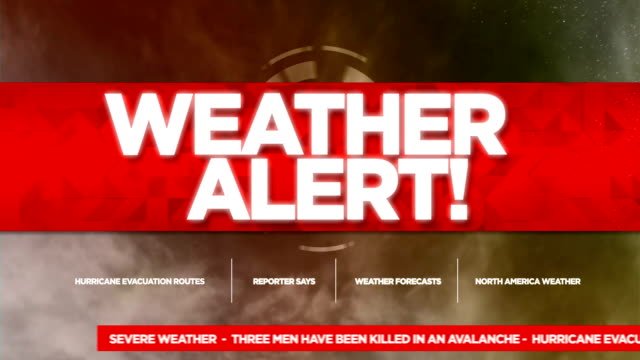
As climate change continues to impact our planet, we are witnessing more frequent and severe weather events across various regions. From hurricanes and floods to heatwaves and wildfires, no part of the world is immune. Understanding these changes and how they affect us locally is crucial. As Californians, we need to be particularly vigilant and proactive in protecting ourselves and our communities. Here's a look at how extreme weather and climate change are manifesting globally and what steps we can take to stay safe. Californians must be vigilant in preparing for and mitigating the risks associated with extreme weather events. In addition to the challenges posed by climate change, Californians also face the ever-present threat of earthquakes. Here’s a comprehensive look at how extreme weather and natural disasters impact various regions and what steps Californians can take to stay safe from earthquakes, wildfires, and mudslides.
Climate Change and California
California is particularly vulnerable to several extreme weather events exacerbated by climate change:
- Wildfires: Longer, more intense fire seasons due to hotter temperatures and prolonged droughts.
- Droughts: Decreased water supply impacting agriculture, drinking water, and ecosystems.
- Heatwaves: More frequent and severe, posing health risks and straining energy resources.
- Floods: Increased risk from heavy rainfall and snowmelt, especially in urban areas.
How Californians Can Stay Safe
-
Stay Informed:
- Monitor local weather reports and alerts.
- Use apps and websites that provide real-time updates on extreme weather events.
-
Prepare Your Home:
- Install fire-resistant materials if you live in fire-prone areas.
- Ensure proper drainage around your property to mitigate flood risks.
- Use energy-efficient appliances to reduce strain during heatwaves.
-
Create an Emergency Plan:
- Develop and practice an evacuation plan with your family.
- Assemble an emergency kit with essentials like water, food, medications, and important documents.
- Know your community’s evacuation routes and shelters.
-
Conserve Water and Energy:
- Implement water-saving measures such as drought-resistant landscaping and efficient irrigation.
- Reduce energy consumption by using energy-efficient appliances, insulating your home, and taking advantage of natural cooling methods.
-
Support and Advocate for Climate Action:
- Participate in local and state initiatives aimed at reducing carbon emissions.
- Support policies and organizations working towards sustainable environmental practices.
- Engage in community efforts to increase resilience against climate impacts.
-
Stay Healthy:
- During heatwaves, stay hydrated, avoid strenuous activities during peak heat, and seek air-conditioned environments.
- Be mindful of air quality during wildfire season; use air purifiers and masks to protect your lungs.
Global Impact of Extreme Weather and Climate Change
Hurricanes and Tropical Storms:
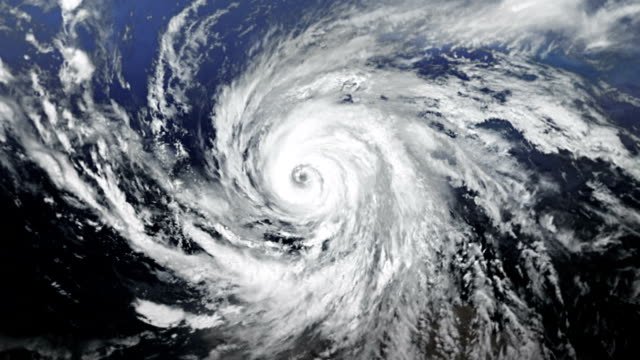
- Region: Coastal areas, especially in the Atlantic and Gulf regions.
- Impact: Increased frequency and intensity, leading to devastating floods, wind damage, and loss of life.
- Example: Hurricane Harvey in 2017 caused unprecedented flooding in Texas.
Floods
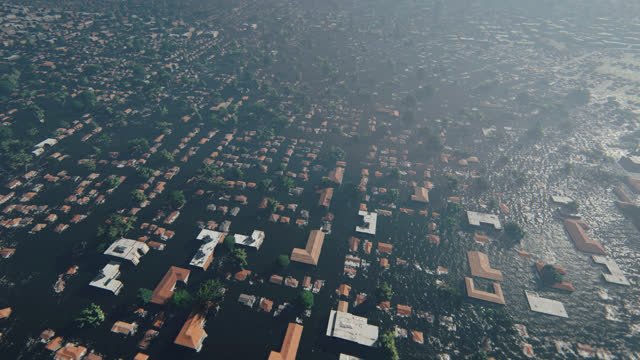
- Region: Worldwide, particularly in low-lying and riverine areas.
- Impact: Destruction of homes and infrastructure, displacement of populations, waterborne diseases.
- Example: The 2022 floods in Pakistan displaced millions and caused extensive damage.
Heatwaves

- Region: Global, with significant impacts in urban areas.
- Impact: Increased mortality rates, particularly among the elderly and vulnerable, strain on power grids.
- Example: The European heatwave of 2003 resulted in tens of thousands of deaths.
California’s Natural Disasters
Earthquakes
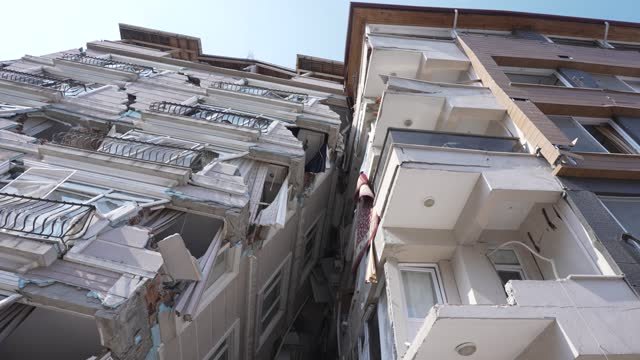
- Cause: Movement of tectonic plates along fault lines.
- Impact: Structural damage to buildings and infrastructure, risk of injury or death.
- Preparation: Secure heavy furniture, create a family emergency plan, and practice “Drop, Cover, and Hold On” drills.
Wildfires
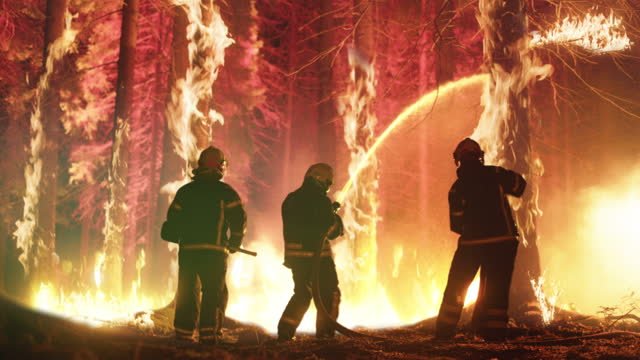
- Cause: Prolonged droughts, high temperatures, and dry vegetation.
- Impact: Destruction of homes, displacement of communities, poor air quality.
- Preparation: Create defensible space around your property, use fire-resistant materials, and have an evacuation plan.
Mudslides

- Cause: Heavy rainfall following wildfires, leading to unstable soil.
- Impact: Destruction of property, road closures, and potential loss of life.
- Preparation: Install proper drainage systems, use retaining walls, and avoid building on steep slopes.
How Californians Can Stay Safe
Earthquake Preparedness

- Secure Your Home: Anchor heavy furniture and appliances. Install latches on cabinets to prevent contents from spilling.
- Create a Plan: Develop a family emergency plan and practice earthquake drills. Know how to shut off gas, water, and electricity.
- Emergency Kit: Keep an emergency kit with essentials like water, food, medications, and first aid supplies.
Wildfire Safety
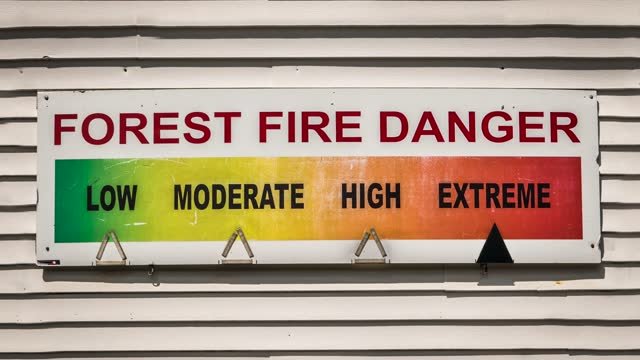
- Defensible Space: Clear vegetation around your home to create defensible space. Use fire-resistant plants and materials.
- Evacuation Plan: Have a plan in place for quick evacuation. Know multiple routes out of your area.
- Stay Informed: Monitor local news and alerts for fire warnings. Use apps and websites for real-time updates.
Mudslide Mitigation
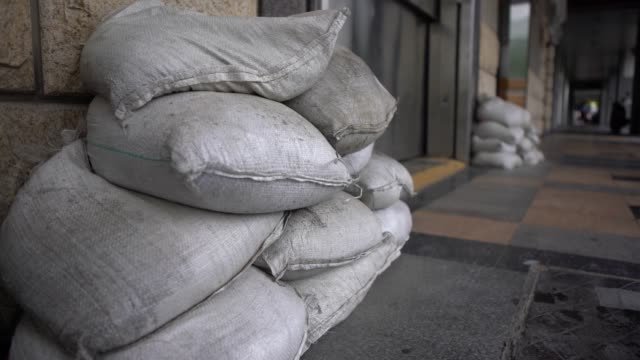
- Proper Drainage: Ensure your property has adequate drainage systems to manage heavy rainfall.
- Landscaping: Use plants and retaining walls to stabilize soil. Avoid heavy landscaping on steep slopes.
- Emergency Preparedness: Know the signs of potential mudslides and have an evacuation plan. Keep an emergency kit ready.
Climate change and natural disasters are significant challenges that require proactive measures to ensure safety. By preparing for earthquakes, wildfires, and mudslides, Californians can protect themselves, their families, and their properties. Understanding the risks and taking steps to mitigate them is crucial in our ever-changing environment.
I'm Nathan Derry with JohnHart Real Estate. If you have any questions or need assistance with your property needs, feel free to contact me at 424-303-0440. Stay safe and prepared!
All the best,
Nathan Derry

📍JohnHart Real Estate
📞(424) 303-0440
📧 nathan@jhagents.com
👨🏽💻 itsnathanderry.com
Interested in seeing a property or one of my off market properties in person? Contact me today! Who you hire matters!!!
Ready to make the best move of your life… let’s chat today!
